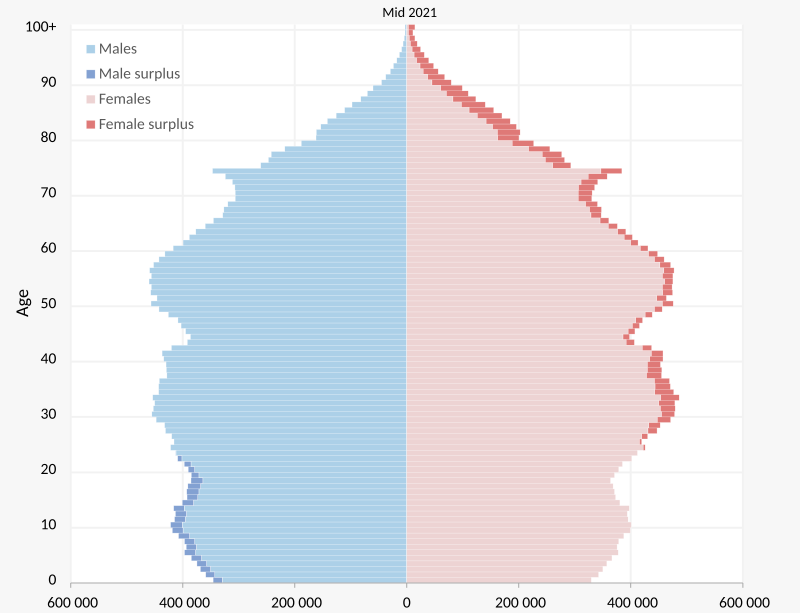The Dynamics of the UK Population: Trends and Predictions

Introduction
The UK population has seen significant changes in recent decades, making it a crucial topic for economists, policymakers, and citizens alike. Understanding these trends helps in shaping public policy, infrastructure development, and resource allocation. As of 2023, the estimated population of the UK is approximately 67 million, reflecting shifts in demographics, migration patterns, and fertility rates.
Population Growth and Decline
The UK has experienced modest population growth, primarily driven by net migration. The Office for National Statistics (ONS) reported that international migration accounted for the majority of population increases in recent years. The impact of Brexit and changing immigration policies have influenced these numbers, with a significant decline in migration from the EU but an increase from other parts of the world.
Furthermore, the current fertility rate in the UK has been declining, with recent figures showing an average of 1.6 births per woman, below the replacement level of 2.1. This decline raises concerns regarding the ageing population and its implications for the workforce and pension systems.
Impact of the Ageing Population
The ageing population is one of the most pressing issues facing the UK today. According to the ONS, a significant proportion of the population is expected to be over the age of 65 by 2030. This demographic shift will put additional pressure on healthcare services and social care systems, requiring strategic planning and increased funding to manage these changes effectively.
Significance of Migration
Migration remains a key factor in shaping the UK population dynamics. With various countries contributing to the UK’s multicultural society, understanding the socio-economic implications of migration is essential. The UK’s labour market has heavily relied on immigration, especially in sectors such as healthcare, agriculture, and technology. However, recent revisions in immigration policies post-Brexit have prompted businesses to adapt to a new framework of hiring and workforce planning.
Future Projections
Looking ahead, demographic projections suggest that the UK population will continue to grow, albeit at a slower rate than in previous decades. By 2050, the population is expected to reach approximately 72 million if current trends persist. Policymakers must address the challenges posed by an ageing society, while also harnessing the potential benefits of a diverse and dynamic workforce.
Conclusion
The UK population is evolving, shaped by factors such as migration, fertility rates, and ageing. Understanding these dynamics is vital for informed decision-making in all sectors of society. As we navigate the future, addressing the implications of these trends will be essential for sustainable growth and to ensure the well-being of all citizens. Stakeholders should remain proactive in adapting to these demographic changes to foster a resilient and inclusive society.






